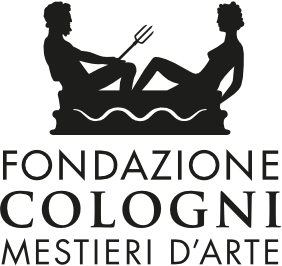When competence makes the difference
The excellence of craftsmanship is still based on the atelier tradition that rewards creativity, manual skill, competence, and curiosity. In fact, intelligence, patience, a remarkable artistic talent and a great desire to learn and create are always needed to become an artisan. With Doppia Firma we wanted to show how, throughout Europe, these artisans are irreplaceable professional partners for designers, to imagine and create every day the contemporary forms of authentic and original beauty. A beauty that, however, must always be revitalized, rediscovered, re-imagined, both from a production and distribution point of view, and from a training and communication perspective. Precisely for this reason, a project like Doppia Firma (now in its sixth edition, and quickly established itself as a reference model) represents a new way of understanding the collaboration between creatives and craftspeople, between designers and master artisans: a relationship that is not hierarchical but dialogic, that allows everyone to learn every day how to give shape to our thirst for beauty. A contemporary, stimulating form, perfect because it is deeply human.
To pretend to link artisan excellence to the arithmetic objectivity of industrial production, would be misleading. However, trying to give as clear a basis as possible to the characteristics that an “excellent” handcrafted product must possess means facilitating the transmission of the uniqueness and beauty of the object itself, contributing to a form of education and recognition of “well made beauty”. Which has a double positive function: to improve the visibility of the maker, and to present the methodology as a set of rules, practices, knowledge and experiences which underpin the “character” of Doppia Firma. This is the purpose of this edition of our project. A project that seeks to support, with a gentle but firm voice, the dialogue between knowing how to do and knowing how to create. A project that wishes to inspire an evolution to the culture of beauty, and to the beauty of a culture of “handmaking” that favours care and competence. A project that is an answer to the banality of so many mass productions, and that gives hope to those who know that talent leaves a mark on history. A mark capable of overcoming the passage of time.


